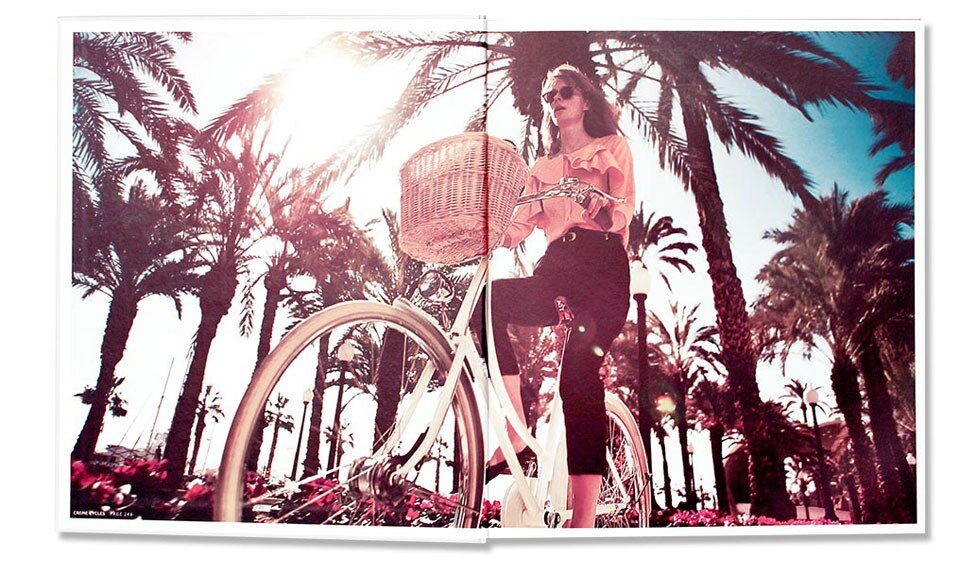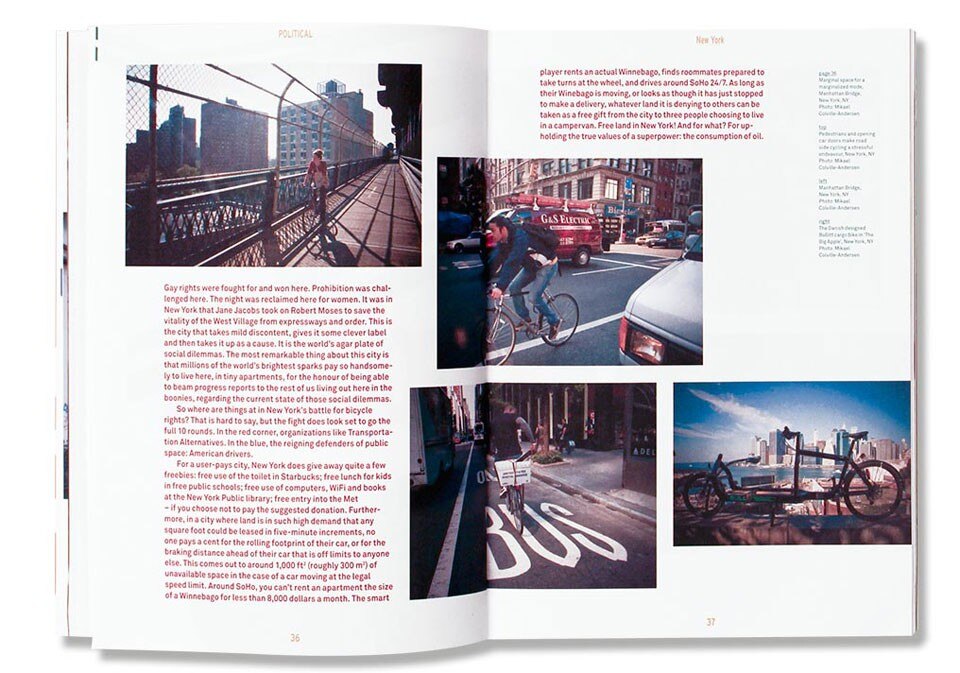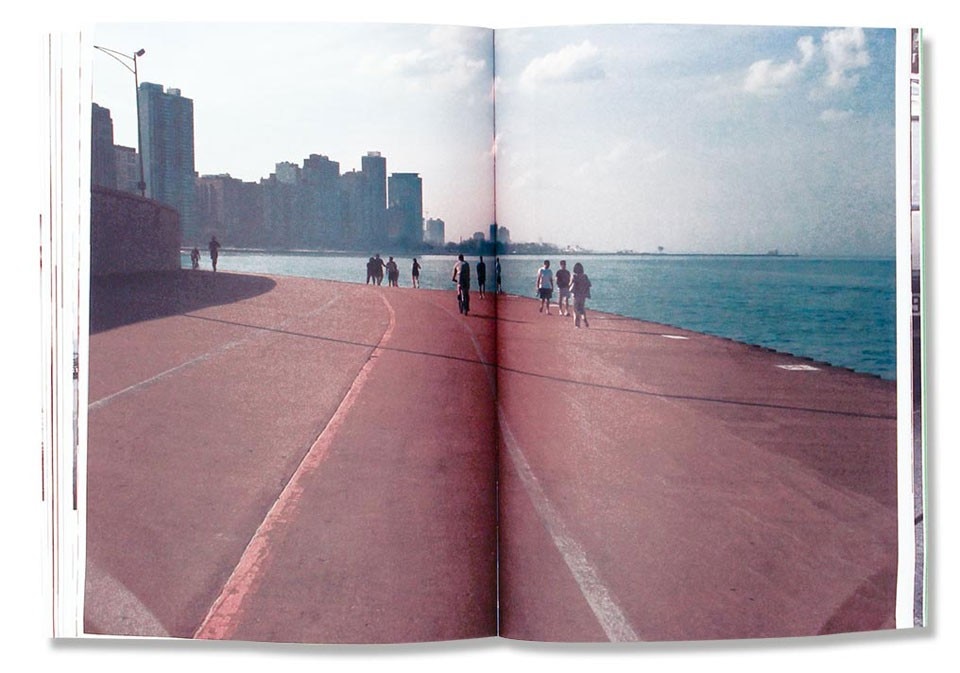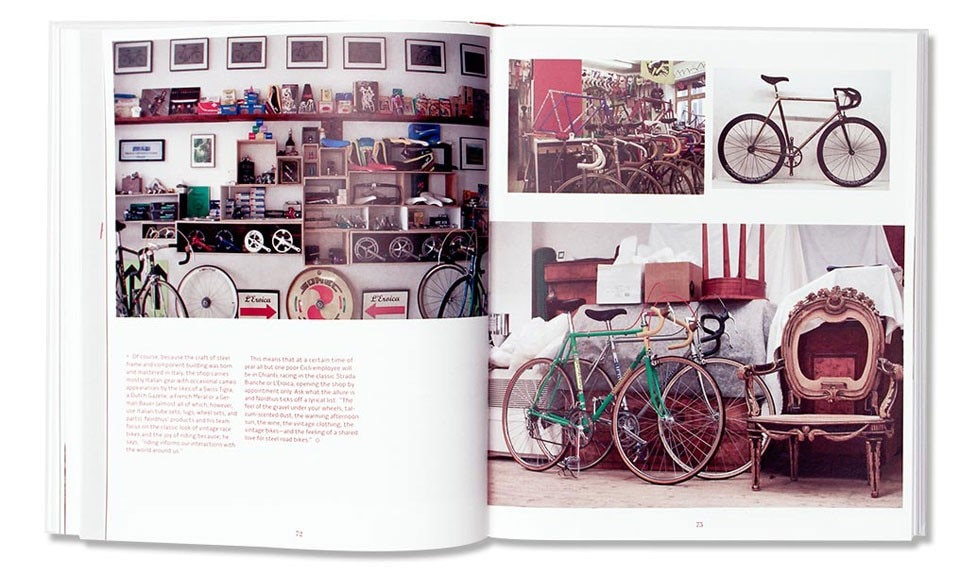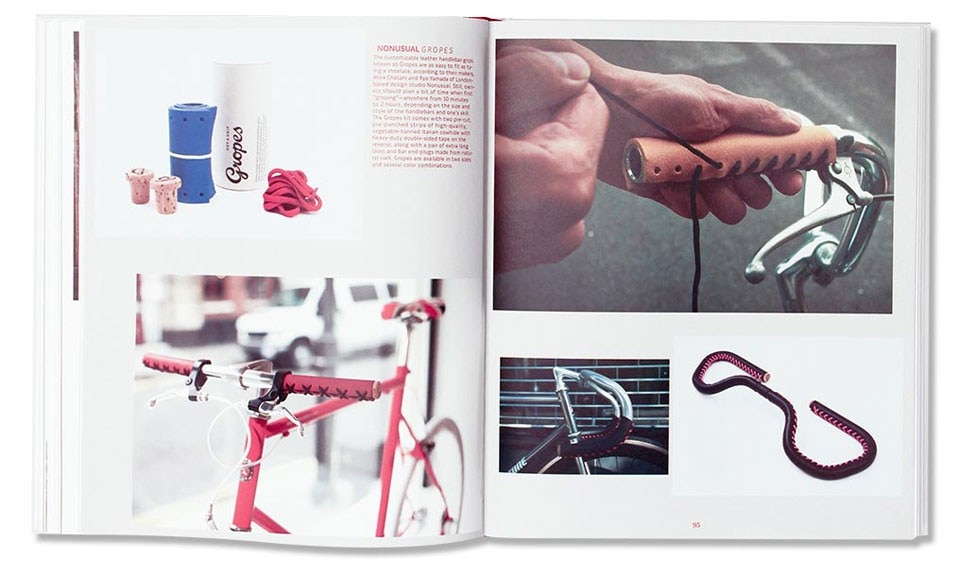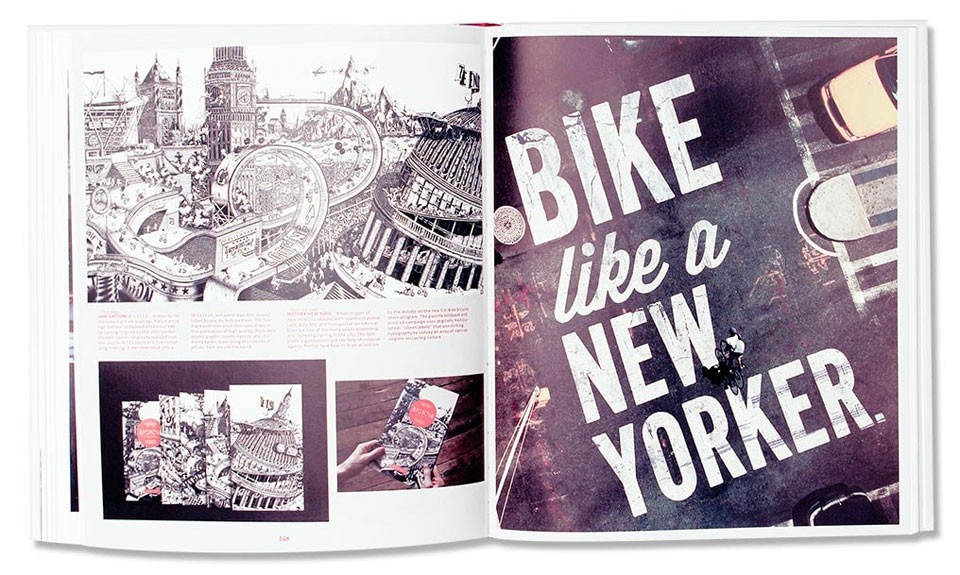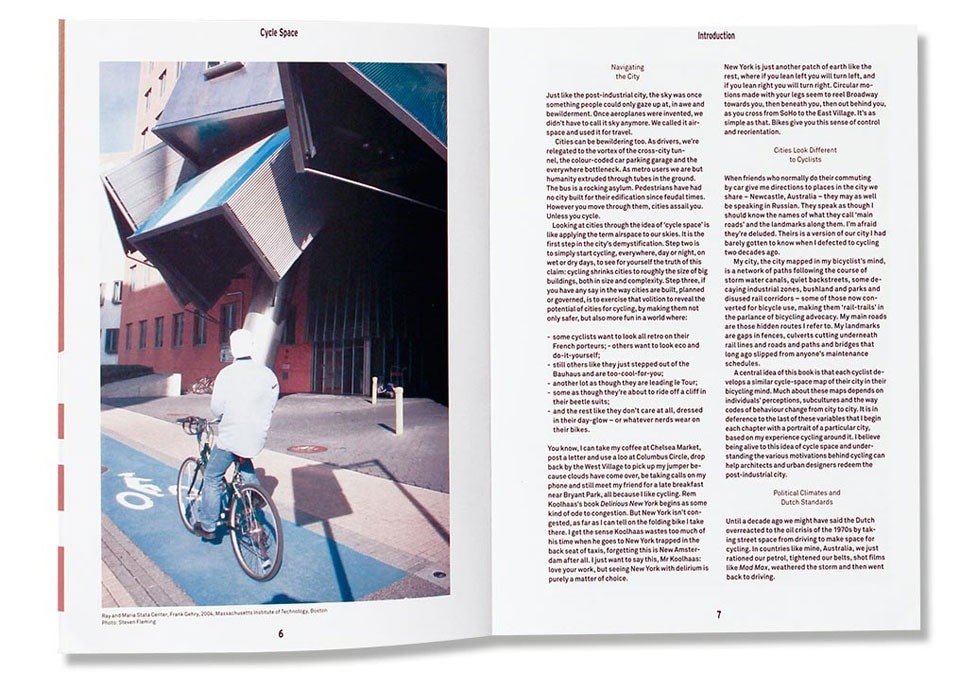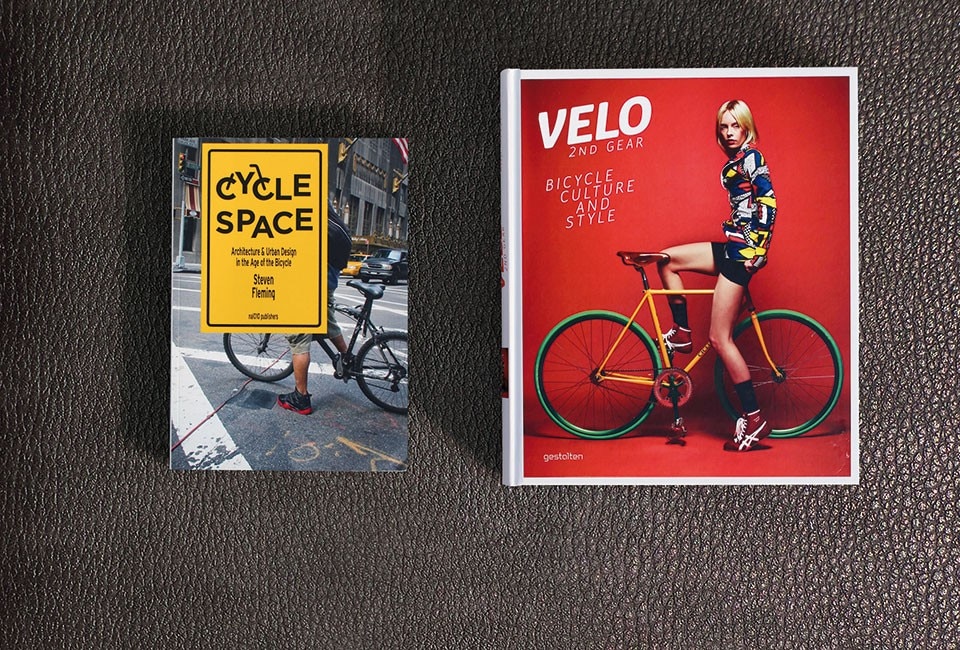Sven Ehmann, Robert Klanten, Velo—2nd Gear Bicycle culture and style, Gestalten, Berlin 2013 (pp. 258; €38.00)
Steven Fleming, Cycle Space: Architecture & Urban Design in the Age of the Bicycle, nai010 publishers, Rotterdam 2012 (pp. 176; €19.50)
The expression “It’s like riding a bike” is probably as old as the two-wheeled vehicle itself, and it describes how certain previously learnt skills are difficult to forget. With this in mind, Steven Fleming, professor of architecture at the University of Tasmania and a life-long cyclist, seeks to convey how easy it would be to revive the wisdom that existed in societies prior to the battle for personal mobility between the car and the bicycle. His book Cycle Space: Architecture & Urban Design in the Age of the Bicycle delves into the concept of “cycle space” — or “the organising system an individual cyclist projects upon his or her city” — and how the post-industrial city is quite accidentally full of it. Fleming discusses how contemporary architecture and urban economics have created a new kind of cityscape made up of large-scale architecture with extensive pedestrian areas, which are far too large to travel around on foot, but excellent when experienced at the speed of a bicycle. In the book, brownfields are closely examined for their inherent bike-friendliness, and unconventional bicycle legislation is considered as a safer alternative to the cumbersome helmet laws that dissuade most common travellers from riding on two wheels.
